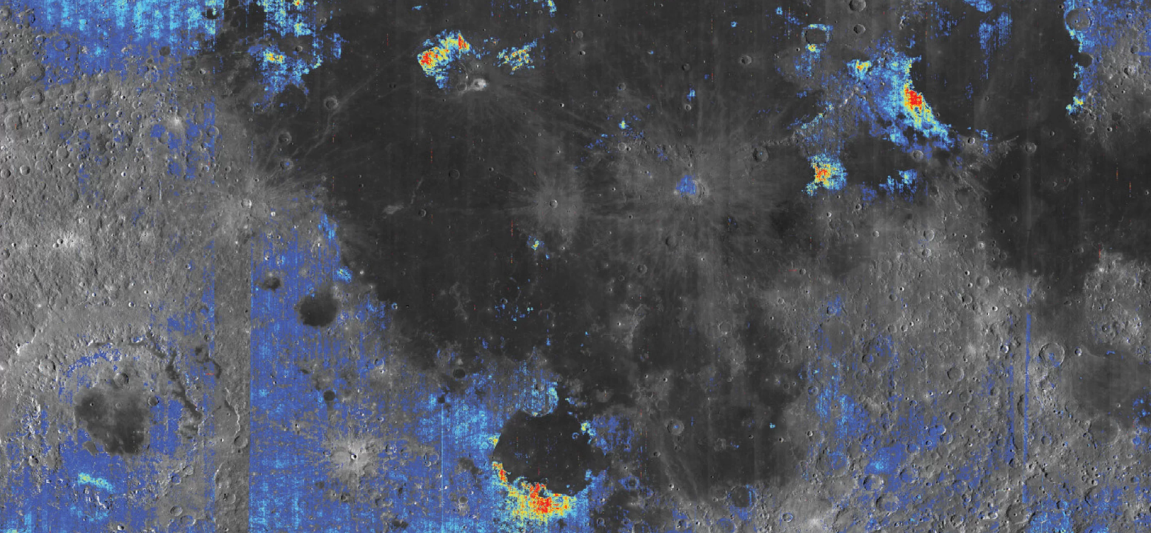
A “Wet” Mantle
Scientists have long speculated about the presence of water on the Moon. Previous studies found traces of water in the icy shadowed regions of the Moon’s poles, but a recent study from Brown University suggests that there may be substantial amounts of water hiding inside the lunar rock.
Unlike the water in the lunar poles, which could have been caused by hydrogen coming from solar winds, the water in the mantle came very early in the Moon’s formation, Brown University geologist Ralph Milliken said in an interview with Space.com. In their study published in the journal Nature Geoscience, Milliken and his team examined pyroclastic deposits — rock layers which were probably formed from large volcanic eruptions — using satellite data from the Moon Mineralogy Mapper instrument on the Indian Chandrayaan-1 probe.

“Our work shows that nearly all of the large pyroclastic deposits also contain water, so this seems to be a common characteristic of magmas that come from the deep lunar interior,” Milliken said in the interview. “That is, most of the mantle of the moon may be ‘wet.'”
Fueling Future Explorations
How large amounts of water ended up under the Moon’s surface remains unclear. Understanding it the water got there, possibly “delivered after the giant impact event,” as Milliken’s team thinks, could help explain how water came to be on Earth.
Even more interesting is the potential help lunar water could give to future exploration on the Moon and beyond. “These deposits may be much easier to access than potential water ice in shadowed regions at the lunar poles,” Milliken added in the interview. “Water is heavy and expensive to take from Earth to space, so any bit of water that you can get on the moon instead of bringing with you from Earth is a big deal and opens up possibilities for sustained human presence on the moon.”
This would be especially useful since some Mars missions in the works right now — notably NASA’s — involve using the Moon as a jump off point. A potential lunar base would be easier to maintain given the presence of water on Earth’s satellite.
“The better we understand how much water is there, then the better we can estimate the processes responsible and the usefulness of the deposits for future human exploration,” Milliken said to Space.com.